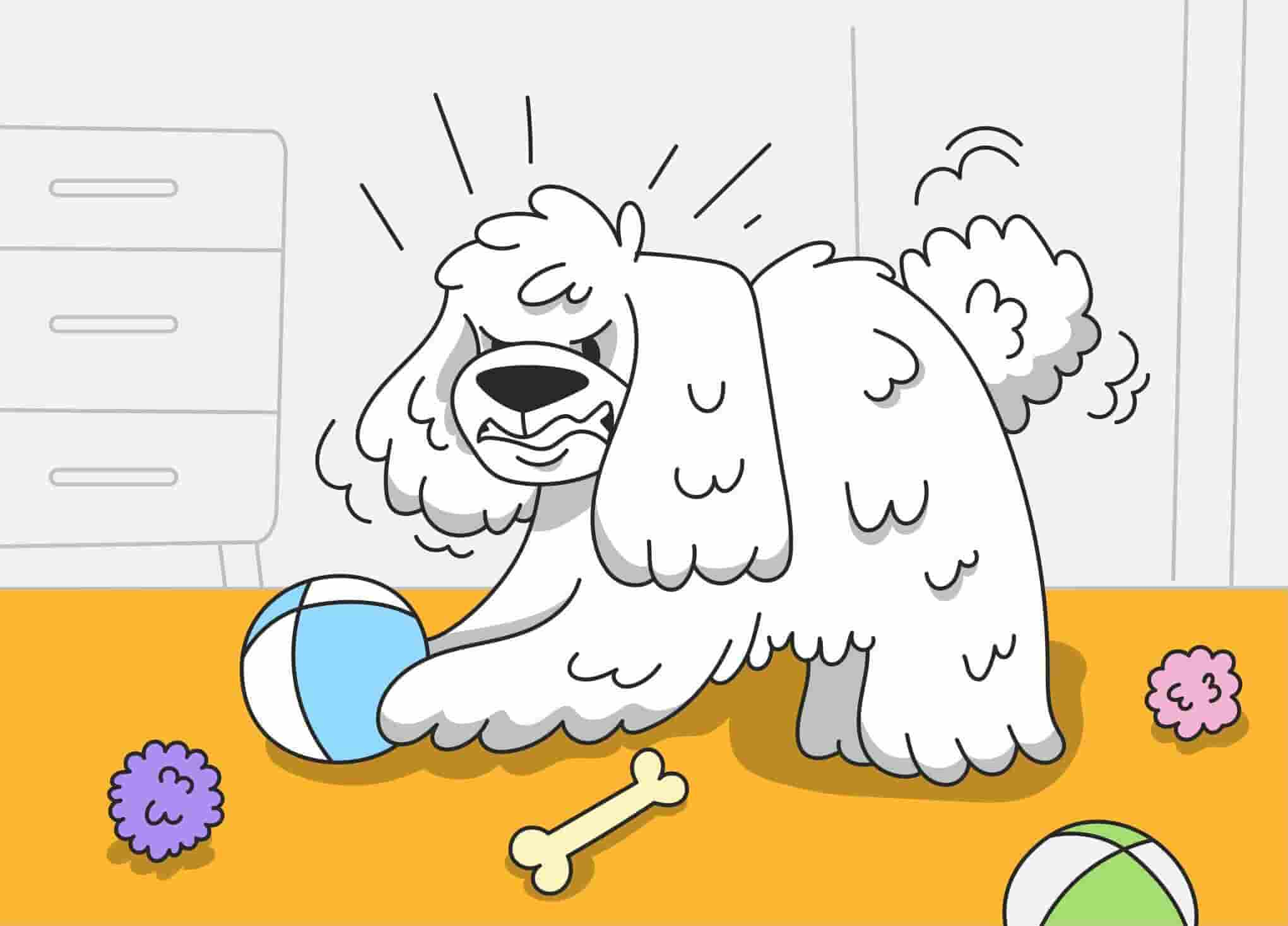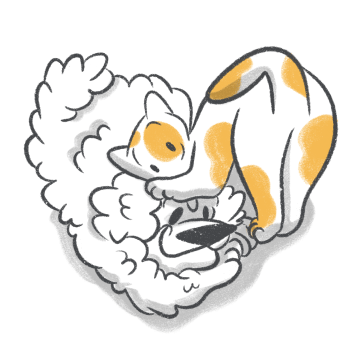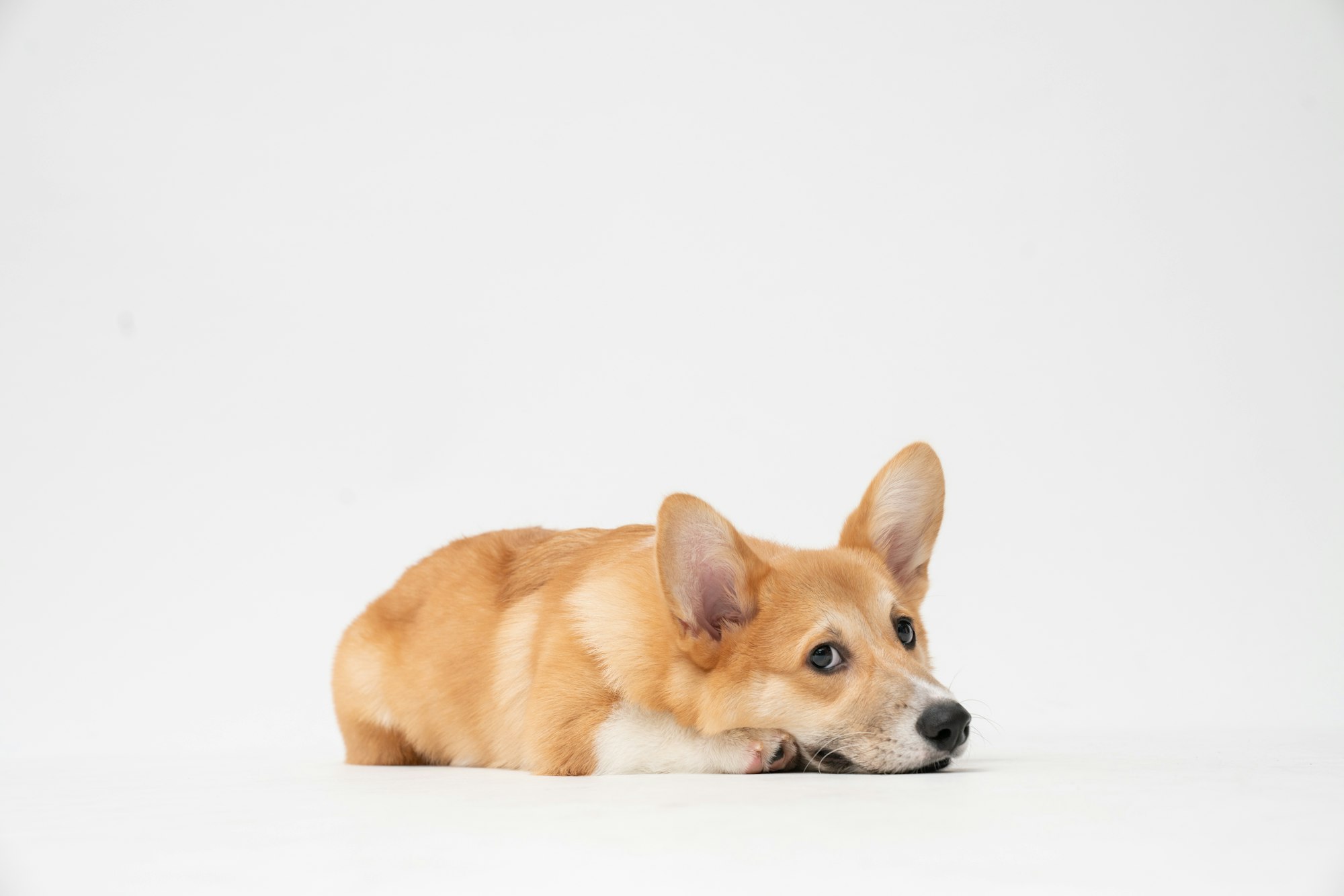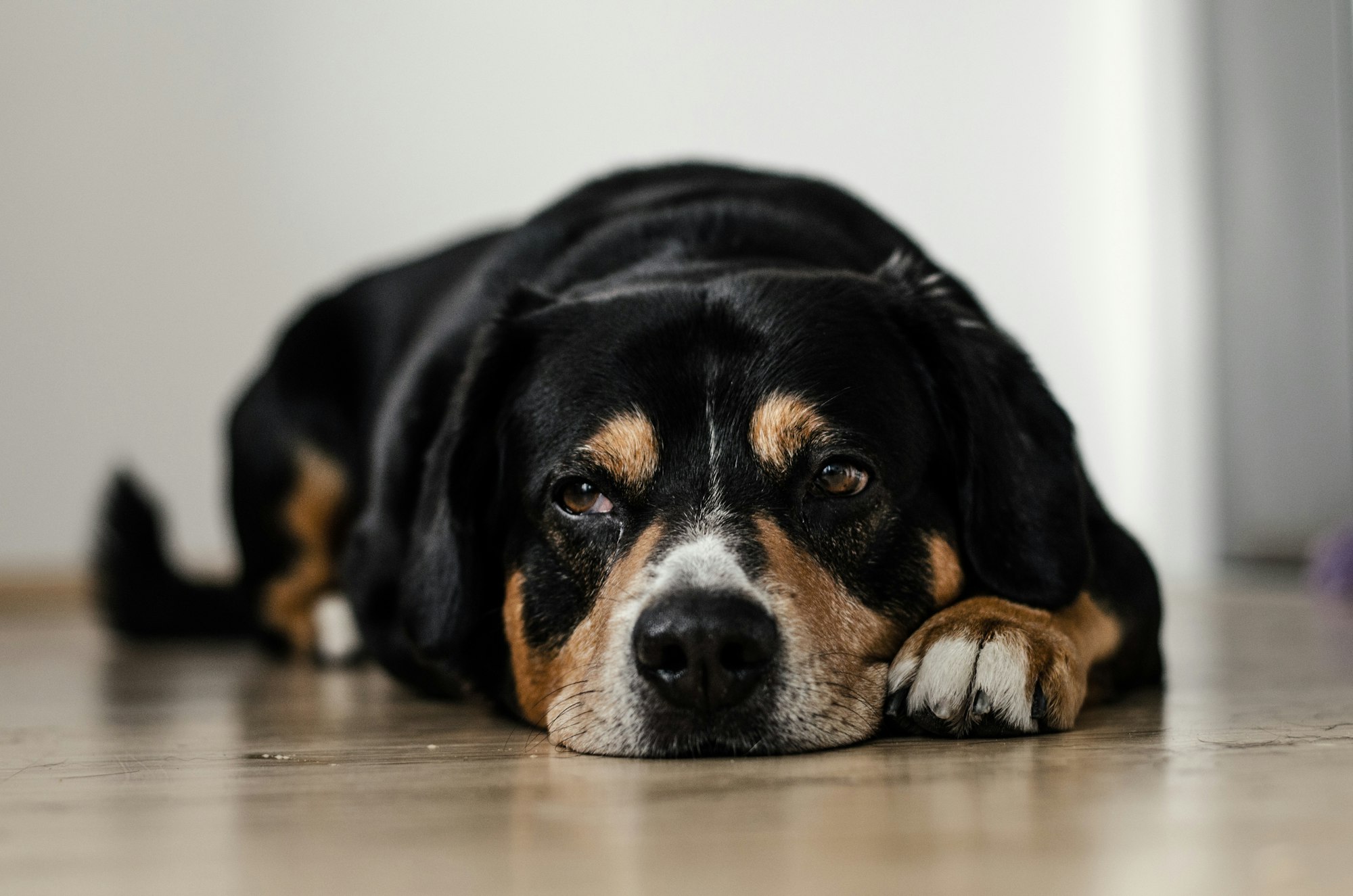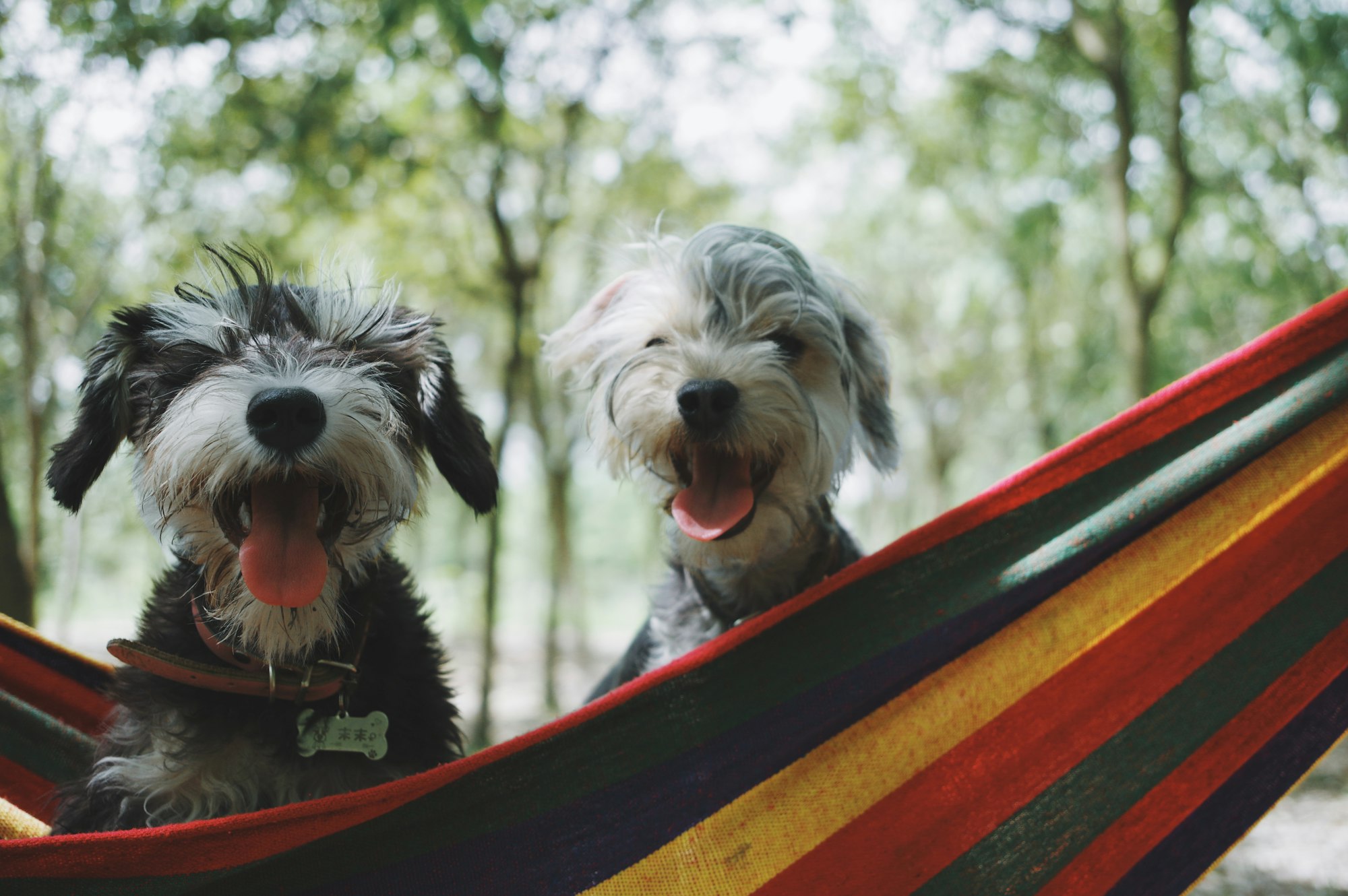Naturally, many of us may have kept a certain distance on occasions when we hear a growling dog. This begs the question — does it automatically signal aggression when you hear your dog growling? Why do dogs growl?
It’s easy to associate dog growling with aggression. Still, when you put things into context and observe your dog carefully, you’ll be able to understand that there are actually different types of dog growls, each with their own meaning.
For dogs, growling is a way of communication. From expressing their pleasure as you rub their belly to snarling at another dog, there are several possible reasons why your dog growls.
As stated in a study, dog growls express various contextual and affective content for humans. One way of understanding the meaning of their behavior is by being observant of your dog’s situation whenever they growl.
Stop Googling - Ask a Real Vet
While the sounds might be similar, it helps to take notice of the nuances. At the same time, being mindful of your dog’s body language when they growl is equally important.
Reasons Why Dogs Growl or Snarl
Take a look at the possible reasons why dogs growl, what it means, and how you can adequately address this behavior.
Threat or Fear
This type of growl with a low volume and a deep, rumbling sound usually happens when a dog feels scared, possessive, or threatened. It is a warning growl that indicates their discomfort in a particular situation. For example, some dogs may suddenly growl when there are strangers or new people in your home because they may feel threatened and are being territorial.
Another example is dog growling when they are in an unfamiliar place or when they hear scary sounds such as thunderstorms. Or maybe they growl when you come near while eating their meal, which is a sign of resource guarding. This kind of growl is a warning to back off.
Oftentimes, this growl is accompanied by a closed mouth, no breathing, a stiffened body, and dilated pupils. It usually starts in a subtle manner, but may escalate if they feel a prolonged threat. If you hear this growl, observe what is causing it and remove the cause if possible. You can also place a partition between them and the “threat” to block their view. In some cases, you might need some help from a trainer or animal behaviorist to address the behavior.
Play Growling
Have you noticed your dog growling when they’re having a good time? There is usually no need to fret. In some instances, it may actually mean that they’re having so much fun that they don’t want to stop playing.
A play growl can be easily distinguished from other types of growls as it’s higher-pitched and shorter than others. At the same time, a dog’s body language may also indicate their happiness. For example, they may bend forward with their behinds raised, and they may show bounding movements or a relaxed demeanor.
This type of growl often occurs when dogs are playing with each other or when tug toys are involved when you play with them. There’s usually nothing to worry about when your dog is growling during play. However, it is important to monitor them to make sure that it doesn’t lead to aggression caused by too much energy, especially with puppies.
When things get rough, you may initiate break-time from playing to calm your dog down a bit before allowing them to play again to ensure that it doesn’t lead to fighting. If you’re a new dog owner, it might help to observe dogs in the park and see what play behavior is like to differentiate it from aggression or other forms of expression.
Frustration
Another possible reason for dog growling is when your dog is frustrated because of not getting what they want. This type of growl may be characterized by wanting to get near their object of desire, anxiously running about, and sometimes even snarling as they growl. When taken at face value, it is quite similar to aggressive growling. Differentiating the two would depend on the depth of your understanding of your dog’s behavior.
For example, if your dog is friendly and growls while pulling you towards another dog while you walk them on their leash, they are likely frustrated because of not being able to go near and play with the dog (or at least not soon enough). It may also be that they are already hungry and are trying to communicate that they want to be fed.
Because frustration growling is similar to aggressive growling, even if the former means no harm, it may be misinterpreted by other dogs or humans who don’t know your dog that well, if at all. This, in turn, could lead to a fight. There’s also a possibility of your dog biting and nipping due to the excess energy of being frustrated by the restraint. Therefore, if your dog often exhibits frustrated growling and you’re having a hard time training them, you may need to seek the help of a professional trainer to be able to address the problem together.
Pleasure and Affection
Just like when a cat purrs to show affection, some dogs may also express affection through sounds on occasion. For example, when you pet your dog, they may make a long and deep-sounding growl that seems like they’re talking to you, along with a body language that’s loose and relaxed. They may also growl whenever you rub their belly, showing pleasure and contentment. It means that dog growling when petted is nothing to be concerned about and is often a tender expression of your dog’s love towards you.
When your dog exhibits an affectionate growl, you’ll most likely realize that what they’re feeling is far from aggression. A problem only arises when their growling is misinterpreted as aggression by other people. With this, it might be a good idea to tell those who want to pet your dog that they shouldn’t be surprised or afraid whenever their dog growls that way.
Meanwhile, if your dog seems needy and often growls affectionately, it may be a sign that they are craving more attention or stimulation. Among the solutions to this is providing more exercise for your dog, playing with them more often, or giving them toys that would keep them stimulated.
Aggression
A dog growl that is caused by aggression involves expressing power. Sometimes canines are trying to dominate another dog or animal. Another possible instance is when their innate hunting instincts kick in after being triggered by something they saw. As aggressive growling may lead to fighting and biting, it is necessary to be careful and determine what is causing your dog to be aggressive.
You’ll most likely know when your dog is expressing an aggressive growl, as your dog’s temperament and body language would indicate that it’s the opposite of affection or having fun.
You can identify this growl as having loud, deep, and lengthy rumbles. At the same time, their body may appear stiff, raised, forward-leaning, snarling, and ready to attack.
A growling and snarling dog may be dangerous if not appropriately handled. However, it is important to understand that punishment does not help aggression. Instead, you can seek help and guidance from professional dog trainers or animal behaviorists to determine how to stop their behavior the right way.
Pain
When your pooch is in pain, they may growl to express how they are feeling. You may have noticed a time when you touched your dog at a particular body part when they suddenly growl and move away or possibly resort to nipping, only to find out that it’s because your dog is injured or in pain. This growl may come off similar to a yelp and may sound fearful.
Being aware of the signs of pain in dogs would go a long way. Therefore, if your dog emits painful growls, you need to determine the cause and give them the necessary treatment.
If you can't determine the cause of the pain on your own and your dog continues to growl, you have the option of subscribing to the Pet Emergency Fund.
Then you will have access to a certified veterinarian 24/7 from anywhere. This is a unique opportunity to get your question answered for less than $1/day if you don't have time to wait for an offline appointment with your veterinarian. Also, in case of an emergency, this alternative pet insurance covers a part of your expenses for your kid’s treatment.
As a way to say thank you for being one of our blog readers, we are offering an exclusive 27% discount on Pet Emergency fund subscriptions if you follow this link.
Steps to Address The Dog Growling Behavior
For dogs, growling is one way of communicating with us humans and other animals alike. And while some may think that this behavior should be eliminated, it is actually valuable in the relationship between humans and dogs. Suppressing our dog’s growls would remove their ability to warn us if they’re uncomfortable, in pain, or about to snap.
Not to mention, you may also miss out on them expressing their affection vocally. On the other hand, punishing dogs for growling may lead to heightened aggression and fear. So what are the steps to address the behavior of dog growling?
- Determine the cause
What is the situation when your dog is growling? If they suddenly exhibit this behavior, can you pinpoint what has changed in their surroundings? Being mindful of these things as you observe your dog is necessary to be able to support them.
To monitor them and their surroundings closely, Petcube Cam 360 may come in handy. With its 360 degree panoramic view and 1080p HD video, you can keep tabs on your pet and even interact with them with its 2-way audio feature.
- Help your dog relax
If you show anxiety when they are growling due to fear, threat, aggression, or pain, they may become even tenser. What you can do is keep calm and wait until your dog becomes relaxed, and as you proceed, reward them for good behavior.
- Reduce or eliminate the stressors
When you’ve determined what’s causing your dog to growl, reduce or eliminate the problem. For example, when an unfamiliar person in your house is causing the stress, lead your dog to a different room. During thunderstorms, initiate playtime with your dog to help them calm down.
- Explore ways to redirect it
When a dog growl is caused by something that is making your dog uncomfortable or tense, you can redirect this behavior with the help of treats, toys, and games. This way, you will redirect your pup’s attention and hopefully stop dog growling for no reason.
Petcube Bites 2 Lite may come in handy when it comes to addressing your dog’s growling behavior. First of all, among its features include a 160 degree wide-angle and a 1080p HD video, for an impressive monitoring experience. It also has a 2-way audio to hear and speak with your pet. Not to mention, it comes with a built-in dispenser so you can interact with your pet remotely as well. These features may help redirect your dog’s attention and prevent aggressive behavior.
- Get professional help
When your dog’s growls are due to tension, frustration, pain, fear, or aggression, you may need to seek the help of a professional dog trainer or behavior specialist to train your dog not to growl in certain situations.
Conclusion
There are different types of growling, and they may mean various things. Generally, pleasure and play growls are nothing to be worried about and are actually moments that you can cherish with your dog. However, some growls may escalate to problematic levels when not addressed early, so it’s important to know what can be done to prevent this.
Dog trainers and animal behaviorists may help you in addressing these behavior if needed. Ultimately, it is necessary to know the root causes of your dog’s growls to be able to come up with the best solutions that would benefit your dog (and you, too) in the long run.

Was this article helpful?
Help us make our articles even better

